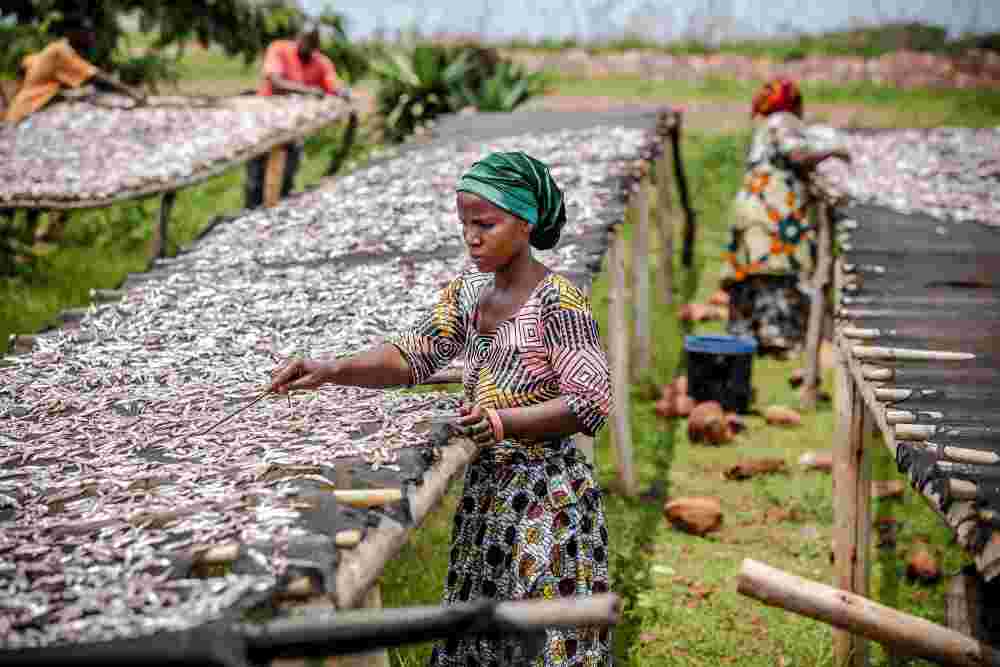Empowering Women in Small-Scale Fisheries for Sustainable Food Systems (2020-2021)
Malawi, 2020 - 2021
Get Microdata
Reference ID
MWI_2020-2021_EWSFSFS_v01_EN_M_v01_A_OCS
Producer(s)
Nicole Franz, Lena Westlund, Molly Ahern
Collections
Metadata
Created on
Feb 06, 2023
Last modified
Mar 10, 2023
Page views
77103
Downloads
877
1.4.2.2 Are there some assets that women or men have more access to than others? (x1_4_2_2_are_there_some_asse)
Data file: data_anon_kii
Overview
Valid:
10
Type:
Discrete
Width:
255
Range:
-
Format:
character
Questions and instructions
Categories
| Value | Category | Cases | |
|---|---|---|---|
| - Assets owned by women are more to do with fish handling such as baskets, fish processing such as drying racks and basins and fish transportation equipment. Even though fishing crew are 100% men, some women come in as boat and gear owners (currently at | 1 |
10%
|
|
| - Common assets for women: like motorcycles, bicycles that supports transporting fish, radios, phones etc. While men have Fish boats, engines and nets. | 1 |
10%
|
|
| - Items regarded as expensive are usually owned by men, like a boat would cost MK2.3 Million kwacha and most women cannot afford that amount. While processing facilities such as fish drying lacks, Basins or baskets are assets owned by women. | 1 |
10%
|
|
| - Men have more access to productive assets such as fishing gear and craft that women basing on the numbers of people owning such assets based on Frame surveys. For women who are in fish processing associations, they own improved smoking kilns and solar | 1 |
10%
|
|
| - Men usually own and access fishing nets, boats, land along the beach where the rent out to women construct their drying lacks. While most women will own or access fish drying lacks, Basins or baskets and other processing items. | 1 |
10%
|
|
| - Women usually have easy access to Fish baskets, Basins, buckets and drying lacks. While men usually have, fishing nets, boats. | 1 |
10%
|
|
| - Women will access; fish baskets, Basins, buckets some fish nets and small boats more than men. While men have access to land women use to process their fish, have big fishing gears with large boats and storage facilities. | 1 |
10%
|
|
| - Men are able to access new technologies easily compared to women. Most men have personal motorized fishing boats, while women don't even own a boat. Men controll most of the beaches along the lake, making them to have à greater say in fishing activiti | 1 |
10%
|
|
| - Women access fish drying facilities, while men have better access to fish boats and nets | 1 |
10%
|
|
| Men will access motorized boats, nets, engines and boats more than women. While women will have more access to fish baskets, fish racks | 1 |
10%
|
Warning: these figures indicate the number of cases found in the data file. They cannot be interpreted as summary statistics of the population of interest.
